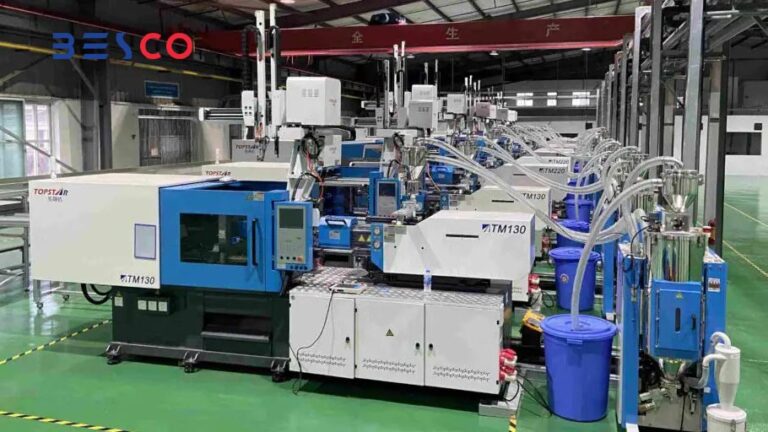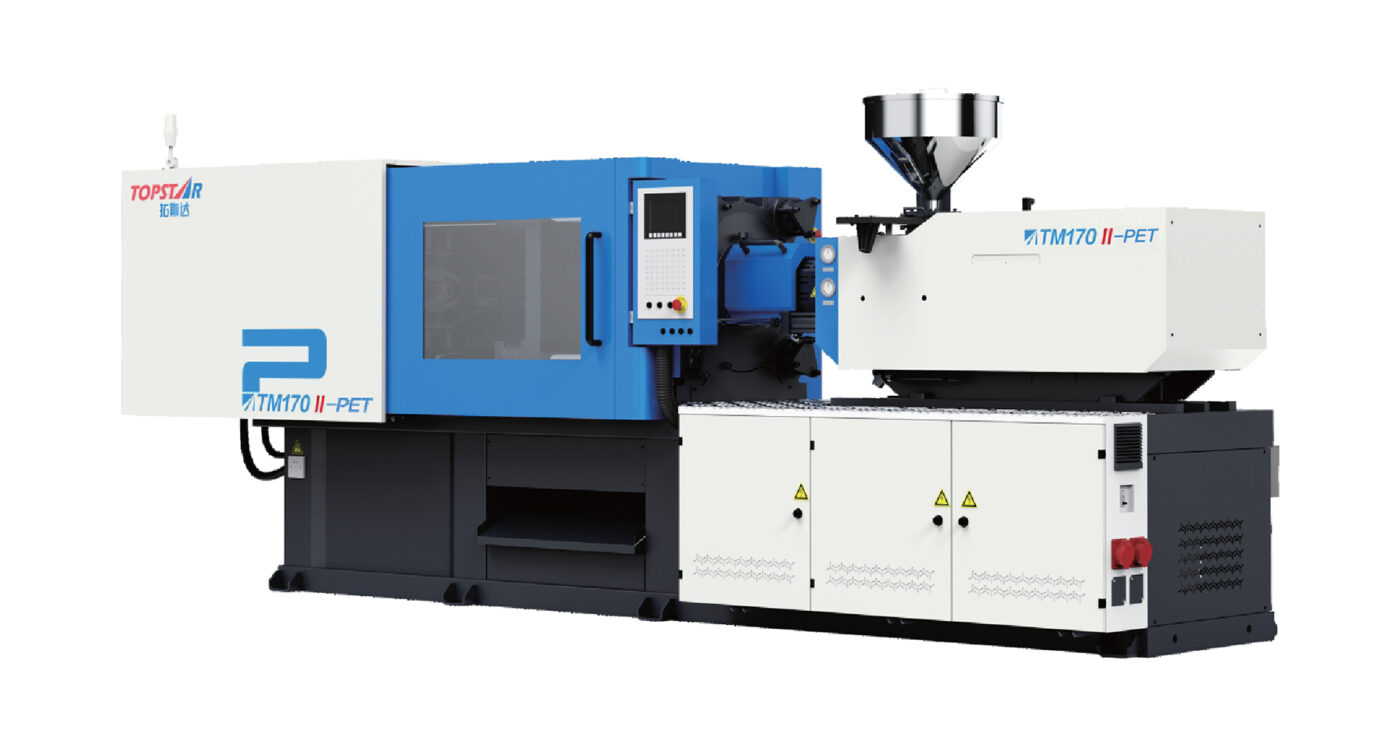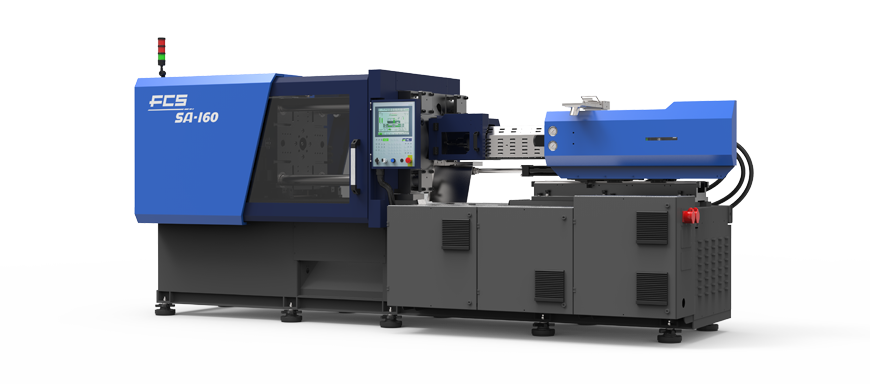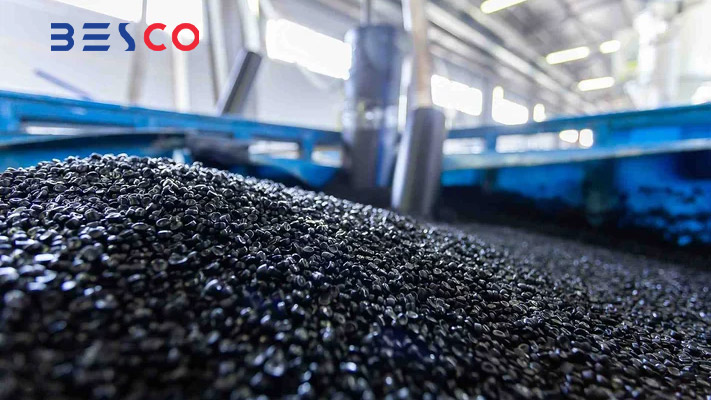What Steps Are Required to Set Up a Plastic Production Line?
Setting up a plastic production line involves several precise steps, starting with research and planning. First, the target market, competitors, and market needs must be analyzed, and a comprehensive business plan should be developed. Choosing an appropriate location with the necessary infrastructure and obtaining the required legal permits are critical. After that, the necessary equipment and machinery should be acquired, installed, and set up.
Securing high-quality raw materials and establishing contracts with reputable suppliers, hiring and training skilled personnel, and designing optimized production processes are the next steps. With the commencement of trial production, equipment performance can be evaluated and processes optimized. After setting up the plastic production line, focus should shift to marketing and sales, and developing periodic maintenance and repair plans for the equipment. Continuous evaluation and ongoing improvement are essential for increasing productivity and the quality of the final products.

Research and Planning:
The first step is to thoroughly examine your target market. Analyzing the demand for various plastic products, understanding competitors, and identifying their strengths and weaknesses are all crucial. Then, a comprehensive business plan should be developed, including cost estimates, financial resources, and a timeline for setting up the production line.
Choosing a Location:
Select a location for the factory that provides easy access to raw materials, skilled labor, and markets for selling the products. It’s also important to assess the existing infrastructure, including electricity, water, and transportation access. Additionally, obtaining the necessary permits from the relevant authorities is essential.
Acquiring Equipment and Machinery:
To set up a plastic production line, start by assessing your production needs and creating a comprehensive list of the required equipment and machinery. Next, choose reputable manufacturers to purchase high-quality equipment. The proper installation and setup of the equipment and machinery are crucial and should be carried out by specialists. In this regard, BESCO ensures the provision and installation of all necessary machinery and equipment, along with offering after-sales services.
Additionally, BESCO is the official representative of FCS Taiwan and TOPSTAR China and specializing in the supply of injection molding machines.


Securing Raw Materials:
Identify the types of raw materials needed, such as polyethylene, polypropylene, polystyrene, etc. It is essential to establish long-term contracts with reputable suppliers to ensure a steady and reliable supply of raw materials.

Hiring and Training Employees:
Hiring skilled and experienced personnel in plastic production is highly important. Providing training programs for employees on how to operate equipment and production processes helps improve productivity and reduce errors.
Designing the Production Process:
Develop optimized and efficient production processes for each type of plastic product. Establish quality control programs and set up testing laboratories for both materials and products will help ensure high-quality output.
Setting Up the Plastic Production Line:
Begin with a trial production phase to assess the performance of both equipment and processes. By identifying and resolving issues during this phase, and implementing process improvements based on the results, you can significantly enhance the quality of the final products.
Marketing and Sales:
Developing effective marketing strategies, including advertising, online sales, and direct marketing, is essential. Maintaining regular communication with customers and offering after-sales services to ensure their satisfaction is key to building long-term relationships.
Maintenance and Repairs:
Establish periodic maintenance programs for equipment to prevent breakdowns, and prepare repair plans for emergencies. These measures will help extend the lifespan of the equipment and reduce repair costs.
Evaluation and Improvement:
Regularly evaluating the performance of the plastic production line and processes to identify strengths and weaknesses is crucial. Implementing continuous improvement programs based on collected data and analysis will enhance productivity and improve the quality of the final products.
Setting up a plastic production line is a complex process that requires careful planning and research. The first step is to analyze the target market, customer needs, and competitors to develop a comprehensive business plan. Choosing a suitable location for the factory, ensuring access to necessary infrastructure, and obtaining legal permits are crucial.
Next, the required equipment and machinery must be purchased and installed. Securing high-quality raw materials, hiring and training skilled personnel, and designing optimized production processes are essential steps. After setting up the line and conducting trial production, equipment performance should be evaluated, and processes refined.
Finally, attention must be given to marketing and sales, along with developing periodic maintenance and repair plans for the machinery to continuously improve product quality and productivity.
